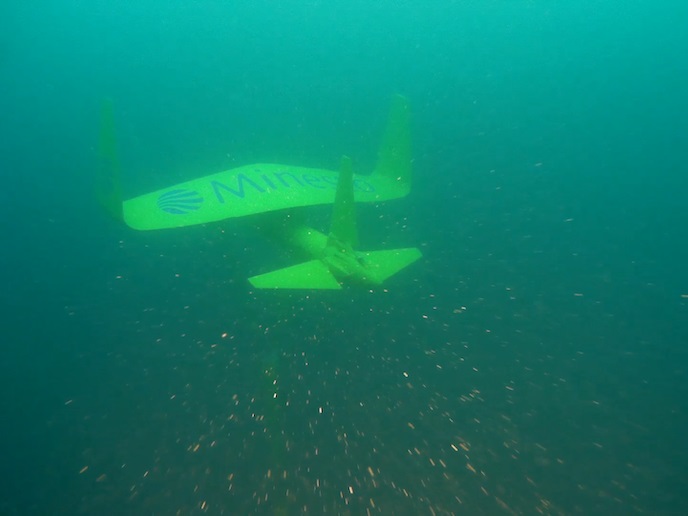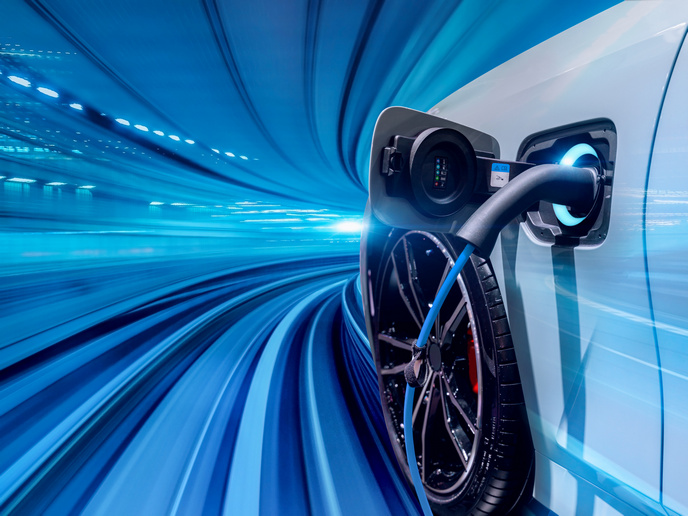Underwater kites bring green energy to islanders
Providing island communities with clean, affordable energy is a major challenge. Due to their size and isolation, small islands typically depend on fossil fuel imports for their energy supply – a costly and polluting process. Conventional sources of renewable energy come with their own drawbacks for many islands, such as lack or unpredictability of available resources. The EU-funded DGIM2 project(opens in new window) has demonstrated a solution overcoming these challenges by delivering green, cost-effective energy to the Faroe Islands. It is based on a unique subsea kite technology called Deep Green, developed by the project’s host company, Minesto(opens in new window). ”The key aim of the DGIM2 project was to bring the Deep Green technology to market readiness. We successfully tested the capability of these power plants to replace diesel generators in microgrids,” says Martin Edlund, Minesto’s CEO. The technology uses renewable energy from low-flow tidal currents and feeds them into an electrical grid. How does this work in practice?
The power of the tides
“Imagine that you are flying a kite in the wind. As you move the kite sideways, you notice that it flies fast – way faster than the wind is blowing. Imagine attaching a turbine to the kite and putting it in the ocean, where it is pulled by the current instead of the wind, and you have the concept of our Deep Green technology,” explains Bernt Erik Westre, Minesto’s CTO. “On our kite, the turbine drives a generator that produces electricity. The ‘leash’ that holds the kite transfers the electricity to a joint anchored in the seabed. From there, a cable leads the electricity to shore, where it powers the grid. On board the kite is an automatic control system. We supervise and monitor it from a shore location.” This groundbreaking technology offers several advantages compared to existing systems. While conventional tidal energy requires fast currents of over 2.5 metres per second, Deep Green can operate at low-flow sites, which cover a significantly larger geographical area. The lightweight system provides predictable renewable energy at comparatively low operation and maintenance cost. This new type of power plant also offers the competitive advantage of operating completely submerged and out of sight – a key aspect for islands where a large proportion of the economy depends on tourism. The Faroe Islands trial was able to demonstrate a verified prototype that delivered electricity to the Faroese grid over full tidal cycles with satisfactory performance. Its results also include a power curve, offshore operational procedures for deployment and recovery, and a methodology for third-party power performance assessment. “The project has proven that the marine operations required for the power plant can be executed cost-efficiently using small vessels, even in the winter months,” Westre notes.
A global market
The successful demonstration has brought the project team one step closer to utility-scale market deployment of its technology. In addition to an extended agreement with the Faroese utility company SEV, demonstrations are planned off Bréhat island, France, and Holyhead, Wales, in collaboration with local partners. Opportunities for deployment extend beyond small islands alone. “Several countries that have tidal or ocean currents are interested in our technology. Low-flow sites represent at least half of the tidal sites and most of the ocean current sites around the world: the global potential of our technology is substantial,” Edlund concludes.







